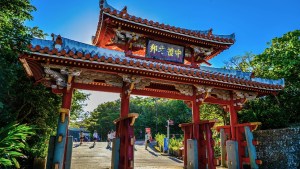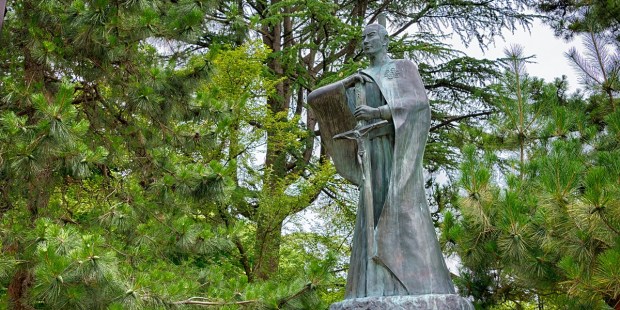Just before Christmas, on December 18, Japanese Cardinal Thomas Aquinas Manyo Maeda of the Osaka Archdiocese revealed that the Vatican had launched an investigation into miracles attributed to the intercession of a beatified samurai. Blessed Takayama Ukon, a 17th-century Catholic samurai martyr, may become the first samurai saint of the Catholic Church.
According to ta website that follows the cause of Blessed Takayama Ukon for sainthood, the blessed was “a lay Catholic of heroic virtue who was considered a pillar of the early Church of Japan”. In 1614, he and 350 Japanese Christians were exiled from their country for refusing to abandon their Christian faith during the suppression of the Edo shogunate. His exile lasted only 44 days, after which he died of an unknown “tropical disease”.
Blessed Takayama Ukon is considered a martyr because he died in exile for his faith.
If the Vatican investigation advances his cause, he would become Japan’s 43rd Catholic saint. Blessed Takayama Ukon became the first “Servant of God” ever appointed in the Church of the Philippines in 1643 and was beatified by Pope Francis during a mass in Osaka on February 7, 2017.
Cardinal Maeda announced the Vatican investigation during a mass in Manila Cathedral. There, according to CBCP News, the 74-year-old cardinal commented:
“We pray that the investigation into the miracles of Ukon will be completed and approved at least within a year or two,” Maeda said. “We look forward to praying and working with the people of the Archdiocese of Manila, especially the Archbishop of Manila.”
Although the adoption of the Christian faith by samurai warriors was rare, it is not entirely unknown. At a time of fierce persecution from Japanese shoguns who viewed Christianity as a kind of foreign invasion, Christians should hide their faith to avoid exile or execution.
Yet Christian samurai found clever ways to continue representing their Christianity, even if they could not be declared openly. A TikTok from rva.katana shows how Christian samurai hid cross patterns on the tsuba, or handguard of the katana.




